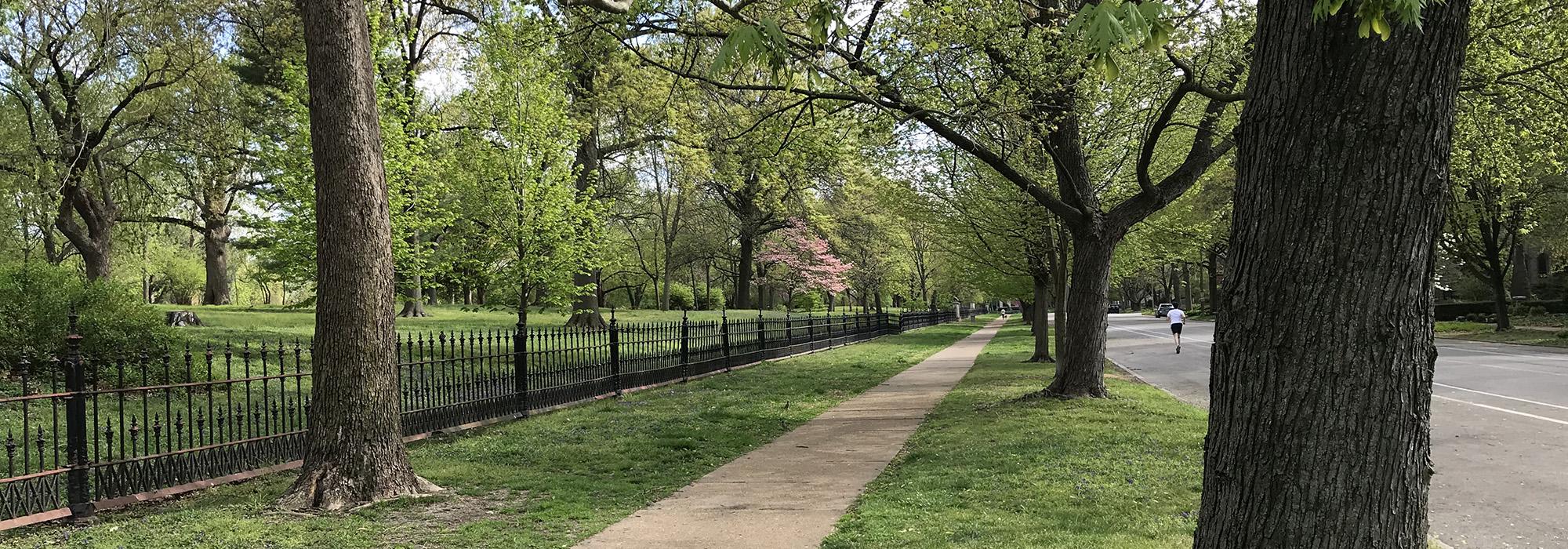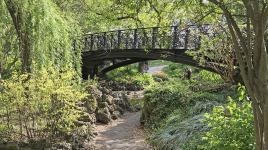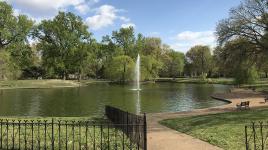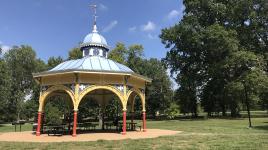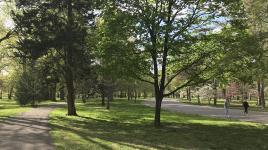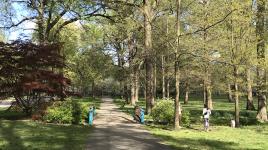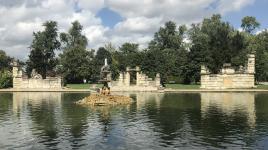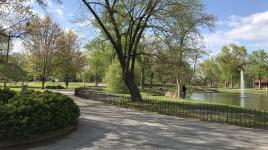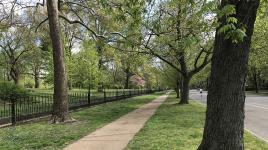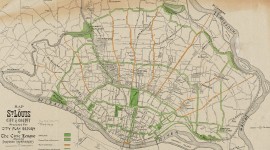Pioneer Information
Originally from Brunswick, Germany, Tunica immigrated to the United States in 1848 and settled in St. Louis. Trained as an engineer, Tunica joined the Union Army’s Engineer Regiment of the West in 1862 as a surveyor and engineer and served through 1864. A skilled cartographer, Tunica also possessed a talent for constructing bridges and roadways, sometimes under the cover of darkness, that contributed significantly to Union campaigns at Vicksburg and throughout the Mississippi River delta. Following the Civil War, Tunica won a competition held by the city of St. Louis to design new perimeter iron fencing and gates at Lafayette Park, with his design completed in 1869. Around the same time, the commissioners of the newly dedicated Tower Grove Park hired Tunica to supervise the construction of the park’s structures, including the superintendent’s villa, stables, and entrance attendant lodges. Tunica moved to Omaha, Nebraska, where he continued his architecture and engineering practice working on Italianate structures in public parks and residential estate commissions including the residence of physician, publisher, and rail tycoon Dr. George Miller. Employment with the North Pacific and San Francisco Railroad brought Tunica to San Francisco in the 1890s. He died tragically by suicide in San Francisco on Christmas Eve, 1891.



